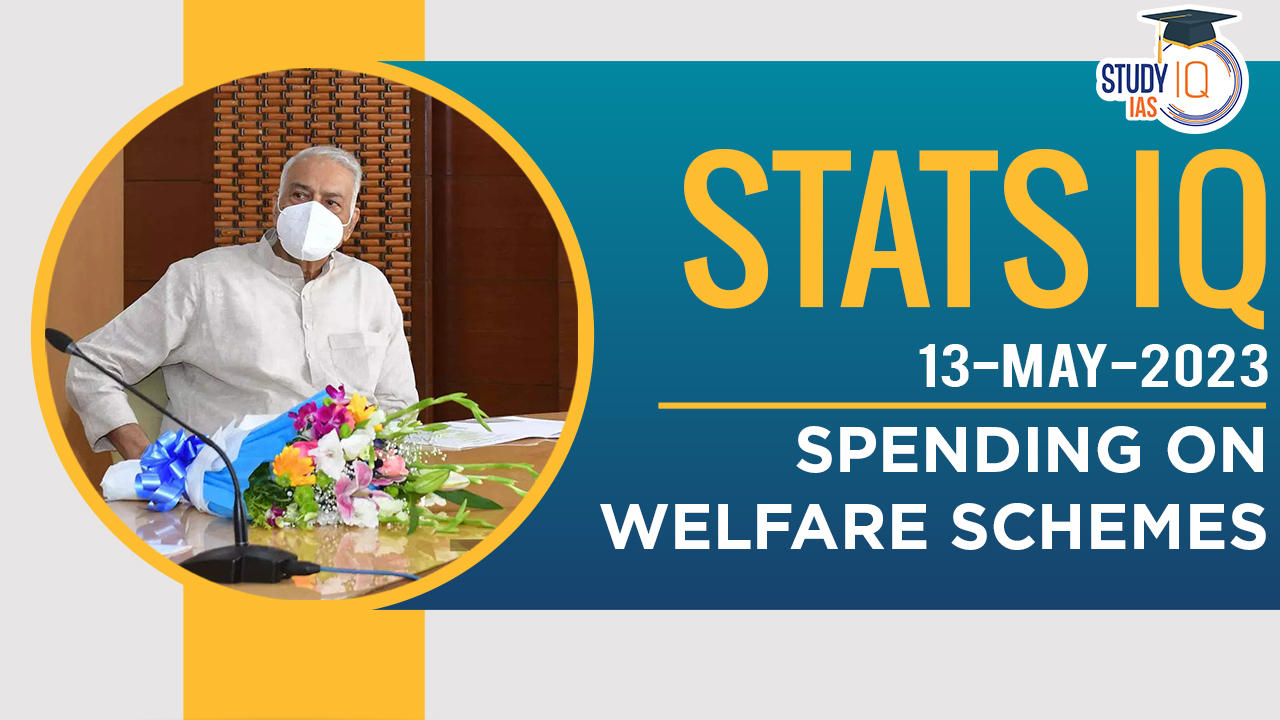Context: An analysis of the trend of welfare expenditure on key schemes shows a decline in central allocations for welfare schemes and sectors as a proportion of GDP since 2014.
| Decline of Funds in Nutrition Schemes |
- According to National Family Health Survey -5 data, the percentage of anaemic, underweight and stunted children in India is 67%, 32% and 36%, respectively.
- The fund allocation for POSHAN Abhiyaan has been reduced from 0.13% of GDP in 2014-15 to 0.07% in 2023-24.
- The budget allocation for mid-day meal scheme has decreased by 50% as a share of GDP, from 0.08% in 2014-15 to 0.04% in 2023-2024.
- To cover all women and births, the PM Matru Vandana Yojana scheme needs around Rs 14,000 crore, but the PMMVY Budget is yet to cross Rs 3,000 crore.
|
| Decline of Funds in Welfare Schemes |
- MGNREGA expenditure as a share of GDP went from 0.26% in 2014-15 to 0.20% in 2023-24.
- For NFSA (Food Subsidy), expenditure as a share of GDP went to 0.65% this year from 0.94% in 2014-15.
- As a share of GDP, central expenditure on school education (primary and secondary) has steadily declined from 0.37% in 2014-15 to 0.23% 2023-24.
|
| Decline of Funds in Social Security Schemes |
- According to the World Social Protection Report by the ILO, only 24.8% of Indians are covered by at least one social security scheme against the Asia-Pacific average of 44%.
- As a share of GDP, the allocations of National Social Assistance Programme declined from 0.06% in 2014-15 to 0.03% in 2023-24.
|
| Marginal Rise in Health Care Funds |
- The share of central health expenditure in GDP went up from 0.25% in 2014-15 to 0.30% this year.
- According to World’s Children report by UNICEF, India has the lowest vaccination rates in South Asia.
- India’s out-of-pocket expenditure on health remains much higher than the global average, pushing millions into poverty each year.
|
| Potential Solutions |
- Owing to rising malnutrition, India ranks 132 out of 191 countries in the Human Development Index (HDI) 2021.
- In such a scenario, it is difficult for India to be a superpower with an uneducated and unhealthy population.
- There needs to be reorientation of economic policies, with a sharper focus on drivers of wage growth.
- The government should increase the paltry pension amounts which have not increased since 2006.
|
Sharing is caring!


 India China Trade Deficit, India’s imp...
India China Trade Deficit, India’s imp...
 Current Affairs 29th April 2024 for UPSC...
Current Affairs 29th April 2024 for UPSC...
 Towards Green Growth, Impact of Climate ...
Towards Green Growth, Impact of Climate ...

















